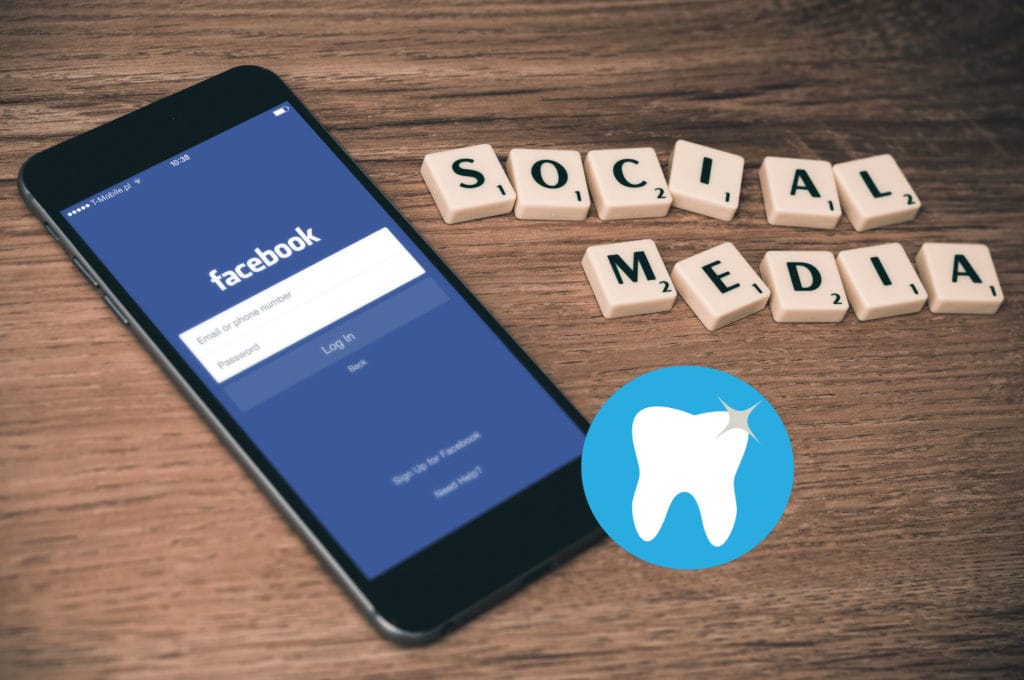Last updated on November 20th, 2025 at 01:11 am
Last updated on November 19th, 2025 at 11:28 pm
 “Intimidated by all the different types of social media and internet marketing?”
“Intimidated by all the different types of social media and internet marketing?”
Well, you’re not alone!
Most people aren’t sure which social media platforms their business should be on, let alone how to get started. We cover this topic in depth at the MGE Internet Marketing Seminar (next date is on December 7–9, 2017, which I highly suggest you attend). That said, I wanted to give you something you could use right now on the subject of social media. Specifically, an overview of the different social media channels, who should use them along with what to share or post and how often to do so.
IMPORTANT: If you plan to share patient photos, testimonials, etc. on social media channels (or in any other marketing for that matter), ensure you get an appropriate release from these patients prior to doing so. Important from a HIPAA perspective. Your attorney should be able to draft a simple release in short order and while it can cost you a couple of dollars to do so, it’s worth it in the long run!
And with that, I’ll dive right in!
What is Social Media?
The purpose of social media is to facilitate the creation and sharing of information, ideas, career interests and other forms of expression via virtual “communities” and networks (i.e. “friends” on Facebook, “connections in your network” on LinkedIn, “followers” on Twitter and so on).
Social media advertising budgets have doubled worldwide over the past 2 years—going from $16 billion U.S. in 2014 to $31 billion in 2016
And the more prominent social media channels?
Some interesting stats on Facebook:
- 2 billion users currently
- 28 billion of them log in daily
- 15 billion of them are doing so from a mobile device
- The users aren’t just kids. Ages 25 to 34 make up the largest average at 29.7% of users
- Average time spent per Facebook visit is 20 minutes
- Highest traffic occurs mid-week between 1pm and 3 pm.
- On Thursdays and Fridays, engagement is 18% higher.
The basics of Facebook’s business remain the same: users create content (in the form of updates, photos, links, likes, and comments), and Facebook sells ads targeted to users based on specific criteria — i.e. age, income, “likes,” location and so on. The bulk of Facebook’s revenue comes from advertising.
Assuming your Facebook page is done right and your website works (meaning it converts visitors into New Patients), I would definitely recommend advertising on Facebook — you have to know what you are doing though or like any advertising you’ll have trouble. But, don’t make your practice’s Facebook page itself look like an advertisement. Your posts ideally should inspire conversations and shares.
- Who should use it: Everyone and their grandmas (literally).
- What to share: All types of online content, events, and ads. Some examples of this are photos of the office and staff, drawings for free stuff, and patient reviews.
- Post frequency: 3-5 times a week — and usually not more than once a day.

A social networking site for sharing photos and videos from a smartphone. Similar to Facebook or Twitter, everyone who creates an Instagram account has a profile and a news feed. When you post a photo or video on Instagram, it will be displayed on your profile. On a side note, Instagram is owned by Facebook, which means when you create an ad for your Facebook page, it will create an ad for your Instagram account at the same time.
- Who should use it: Lifestyle, food, fashion, personalities and luxury brands. Great for a dental office if it’s kept up to date regularly as dentistry has visible results.
- What to share: Share visual content, including short videos. Instagram users tend to like and comment on posts that are aesthetically pleasing, but that doesn’t mean you need a fancy camera. Just make sure you have good lighting (by a window is perfect) when you take your photos and videos.
- Post frequency: Once a day if you can link this into your existing presence.
YouTube
YouTube has over a billion users, almost one-third of all people on the Internet.
It is the second largest search engine, right after Google. It’s bigger than Bing, Yahoo!, and Ask combined.
Google treats its own well, and YouTube is the prime example of this fact. YouTube videos feature prominently in Google search results.

Keep this in mind when naming and describing videos, and direct people looking for insight or explanations within your industry topics to your brand’s page.
And the videos you post on YouTube can be shared on all the social media sites to improve your presence on them, as well as on your website. Videos have been proven time and time again to improve the effectiveness and create better engagement on social media and websites.
- Who should use it: Anyone giving explanations, advice or testimonials.
- What to share: Short (ideal is 1.5 minutes) video content.
- Post frequency: For dentists, as often as you can until you have tons of content.
Google+
Google+ (or Google Plus) is a social network from Google that tried to be like Facebook but has never caught on fully. Why consider it? It’s owned by Google.
- Who should use it: Brands already on the other major social networks, bloggers.
- What to share: More formal and professional than Facebook; hashtags have major search value.
- Post frequency: For dentists, whenever you post in Facebook, just duplicate the post in Google+.
Twitter is known as a micro-blogging site. As mentioned above, on Facebook, you have “friends”, and on Twitter you have “followers”. Messages can be no longer than 140 characters in length, but abbreviating words is acceptable and allows you to fit more into your tweet. If your account is public, then anyone can see your posts. If your account is private, then only your followers will know what you are saying.
When you “follow” people, their posts will flow into your timeline in chronological order, and you can view what they are saying, along with replying or favoriting their posts. You can post brief messages, link to interesting articles on a website, or attach photos.
messages, link to interesting articles on a website, or attach photos.
Twitter is used by celebrities, businesses, politicians, and regular people to collect and disseminate information to people that are interested in them.
- Who should use it: Individuals and corporations interested in brand presence.
- What to share: Start, join, and lead conversations; interact directly with brands and customers. You can also share little snippets of a recent blog post you created, along with linking to that blog post. You can use bit.ly to shorten URLs so they fit better in your tweet.
- Post frequency: Multiple times per day. The best way to have continuous posting with Twitter is to use an automation tool, such as Buffer or TweetDeck, which allows you to schedule posts in advance. If this isn’t something you can commit to, avoid Twitter.
LinkedIn is the online analog to old fashioned networking. People — and connections to people — are everything.
Keep a company description and profile page mindful of keyword SEO, but your profile, and then your employees’ profiles are your most valuable content on LinkedIn. Make sure people in your organization are appropriate, professional and on-brand.
If you search: “Dan Brown Florida” — I will most likely come up in the first few Google search results. That is amazing SEO by LinkedIn. This may or may not be useful, but if someone is looking for you, you should make it to where you can be found and they are reading the things about you that you want them to be reading.


- Who should use it: Businesses (especially B2B service providers), recruiters and job-seekers.
- What to share: Job-postings, company descriptions, employer/employee research.
- Post frequency: For dentists, whatever is needed to keep up to date.
Which one do I choose?
Well, best to look at them in the following graphic to see which channels are used and by use — greatest to least:
So, what should I do?
This is the big question from many of our clients. “Where to start?”
Well, we have some suggestions:
- Choose your battles. Decide what social media channel or channels you CAN confront getting involved with and start with that one or those couple. Choose the one or ones you can commit to, and then commit to it. The most common places to start are Facebook and YouTube, and in most cases, those are my top recommendations as well. Don’t spread yourself too thin and do a poor job on multiple channels. Better to do three things well than 10 things not so well.
- Align your involvement with the channel(s) you choose with your company’s ethos, mission and purpose.
- Consider advertising. Facebook and Instagram give you the ability to create locally targeted advertising campaigns, so that more people in your community see your posts and/or ads, as well as encouraging them to “like” your page. This is a relatively cheap way of reaching people in your community and interacting with them, as well as staying in contact with your existing patients.
- Whichever platform you choose, promote it in your office. You can put up signs or posters encouraging patients to “like” you or “check in” on Facebook or follow you on other social media sites.
Once one chooses where to be present, the common next question is “What do I post?” In an upcoming blog post, we’ll cover WHAT you should be posting on these different social media sites and how to create a good strategy.
Again, this is just some of what we cover in the Internet Marketing Seminar. This seminar is great for dentists, even if you aren’t tech savvy; it’ll help you develop an effective strategy and work with web marketing vendors intelligently to make your internet marketing a success. For more information about the Internet Marketing Seminar, contact us at (727) 530-4277.



No Comments
Be the first to start a conversation